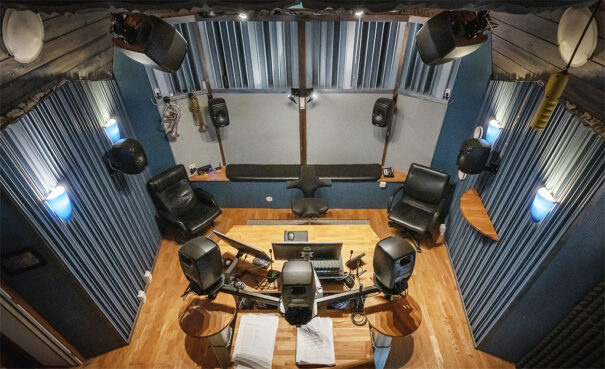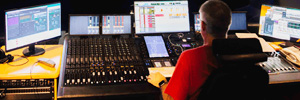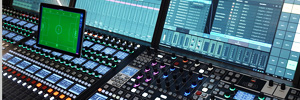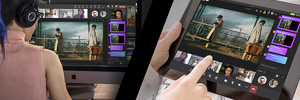Nilento starts working on immersive audio with Genelec technology
The Ones three-way coaxial studio monitors by Genelec have enabled Nilento Studio in Sweden to adapt to new immersive workflows featuring Dolby Atmos.
Lars Nilsson, former professional trumpeter and founder of Nilento, moved into production 30 years ago. With a focus on acoustic jazz and classical orchestras, as well as producing mixes from outdoor recordings, Nilento’s studio has a main live room that can be converted into four smaller rooms, including two Iso booths, for a total of six recording spaces. In this way, it can be transformed from a big band environment to a room suitable for a choir, piano trio or soloist.
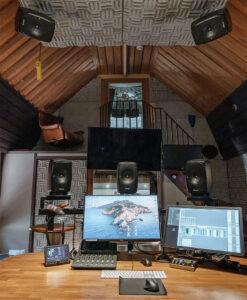 Nilento also has three independent control rooms to offer even more options. One is an analogue room equipped with a pair of Genelec 1030 stereo monitors, while another is a digital recording room with a pair of 1031 stereo monitors. As for the main control room, it has recently been upgraded to be able to mix Dolby Atmos using a Genelec 7.1.4 Smart Active Monitoring system calibrated with GLM software.
Nilento also has three independent control rooms to offer even more options. One is an analogue room equipped with a pair of Genelec 1030 stereo monitors, while another is a digital recording room with a pair of 1031 stereo monitors. As for the main control room, it has recently been upgraded to be able to mix Dolby Atmos using a Genelec 7.1.4 Smart Active Monitoring system calibrated with GLM software.
Genelec equipment was a non-negotiable requirement for this immersive audio-ready studio: “My first experience with Genelec was Donald Fagen! We bought some 1031s with a sub and suddenly I heard depth and details that I had never heard before. When I mix classical music, I want to hear the same small levels of detail – these are the details which I need to pay attention to, in order to do my job. Having a trustworthy reference point with qualified frequencies makes a big difference. I need to be able to trust it. I can trust Genelec.”
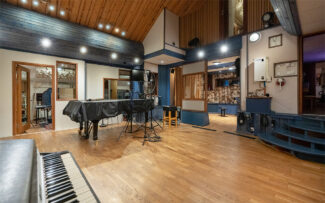 Nilento’s new immersive studio
Nilento’s new immersive studio
Unlike other similar rooms, Nilsson’s main control does not feature a large mixing desk. The heart of his system is a Pro Tools MTRX interface with a wide range of I/O in multiple formats: “I don’t use a big control surface because I work directly with the screen and I find I’m more precise with a mouse than I am with faders. I use an Avid S1 control surface; it’s only eight faders wide so it doesn’t take up too much space, and it leaves plenty of room for musical scores!
One of the keys to this space is the addition of eleven 8341 three-way coaxial monitors and a Genelec 7370 subwoofer calibrated with GLM software: “When The Ones series came out, I was knocked sideways. I switched my monitors out as soon as I heard them. Using all 8341s suits the room very well; it’s a large room with a high ceiling and I wanted to use the same monitors throughout, because I want to have the same SPL and the same power. Genelec’s GLM software is the main reason I changed to The Ones. I’ve rebuilt this control room four times and reached a point where I was quite satisfied, but GLM identified areas where I was maybe half a dB wrong in specific frequencies, or we had to move the sub to get it phase aligned with the other speakers.”
All of these elements allow Atmos mixing to happen intuitively: “I knew Atmos was a format I wanted to work in because I’ve produced a lot in 5.1 surround and I always missed the height element. Because I work a lot with classical music I often record in churches and big halls, so I’ve always searched for more depth in my mixes. Atmos is a totally natural solution because the depth is already in there.”
“Everyone should be interested in Atmos. The music is a lot more fun, it’s more musical and more involving. I want to develop it more and more, and I’ll never go back. I’ve been searching for this for 30 years,” Nilsson concludes.
هل أعجبك هذا المقال؟
اشترك في علف ولن يفوتك أي شيء.



